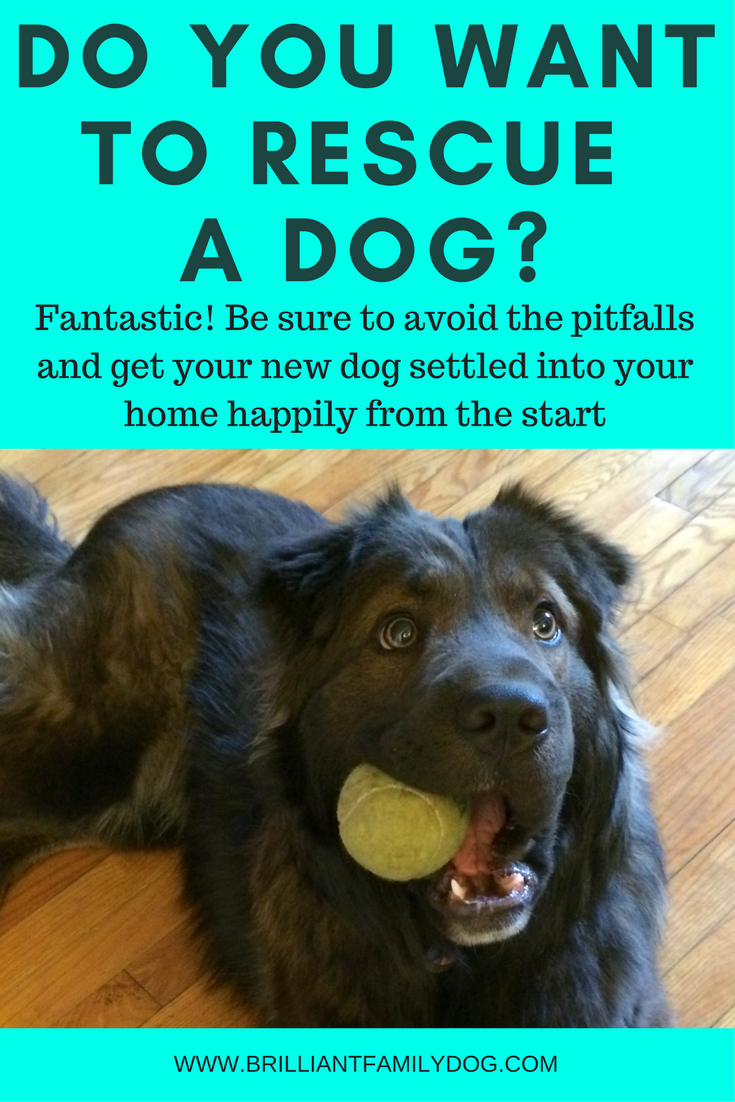You’re getting a dog!
All those cries of, “Mummy WHEN can we have a dog?” have been heeded.
It’s going to be your first dog!
Maybe you caved in under pressure. Maybe you’ve always wanted a dog and the time is now right.
But don’t go into this new venture without a hand on your shoulder. You need a roadmap!
First off, are you starting from the right place?
You need to be sure the dog you’re getting is the right one for your family. This article has a lot of advice for the first-time purchaser.
You can follow that article with the first in a series of HOW NOT TO MAKE A GHASTLY MISTAKE with your first dog!
Chosen the right dog?
Great! Now, how realistic are your expectations for your new dog?
Are you expecting your new puppy to slip into the household almost unseen?
Are you expecting the children to know exactly how to behave round a dog?
Are you assuming your rescue dog (who was presumably in the shelter because his previous owners gave up on him) will be the perfect trained, well-mannered, easygoing, dog?
I find that there are two camps of new dog-owners
There are those who expect the very best and are totally unrealistic, expecting the puppy to “train” himself, with never a hair out of place.
And there are those who assume it will all be awful.
So some will give their puppy total freedom of the house, then say, “Why do I keep finding puddles? I put him out in the garden every few hours …”
And some will say, “I expected my puppy to bite, but my hands and clothes are shredded by my 5-month-old pup.”
Both of them have got the wrong end of the stick.
Both of them have had faulty expectations.
And neither of them has actually taught their new dog what they’d like of him!
They talk of puddles everywhere, and bitten hands. But you see, neither is inevitable!
Some pups housetrain fast, even without thorough teaching. And many puppies never bite anyone at all.
But you do need to be armed for every eventuality. And the Brilliant Family Dog Academy is the best place for you to learn everything you need to know to make this new relationship a success.
Whether your dog is a puppy or a seasoned campaigner, you’ll need to have some understanding of WHY she’s doing what she does - and ways to kindly divert her into something you find more acceptable.
You’ll need to understand how to reach your new dog’s mind
And this doesn’t mean shouting SIT ever more loudly in the hope that she’s been swotting up on the English language and knows what you mean!
Did you know you can teach your dog everything she needs to learn without ever putting a hand on her? (Except for cuddles when she wants them, of course! That’s different.)
I love it when people write to tell me how following my guidance has helped make their new dog the Brilliant Family Dog they wanted, as Charlie said about her Busta: “Busta is 10 months now and is a Brilliant Family Dog!”
Wouldn’t it be wonderful if all new dogs had owners like that?
Here’s where you can start:
















